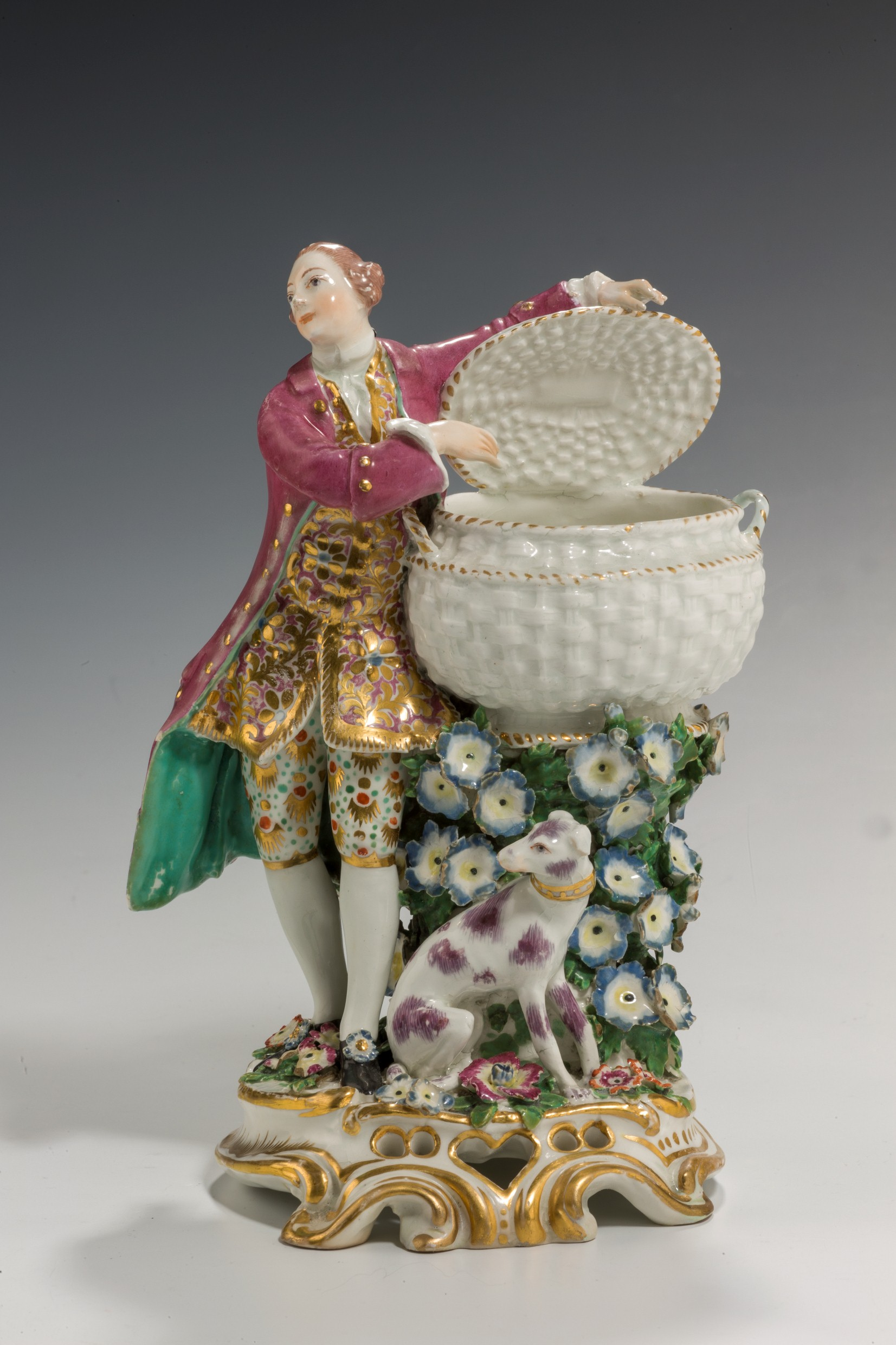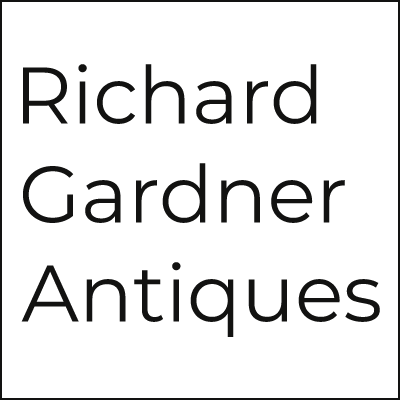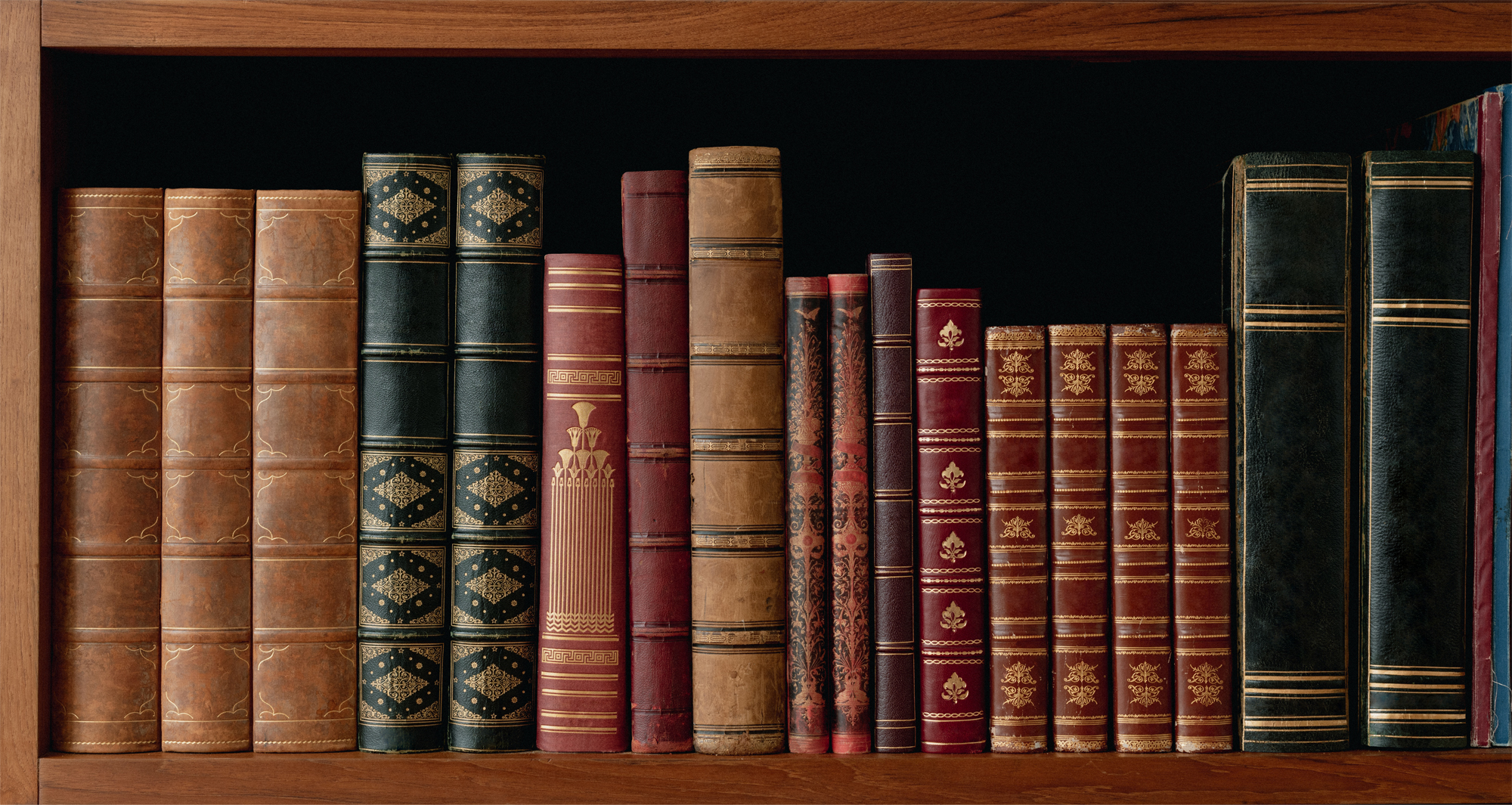Antique Chelsea Porcelain
 Nicholas Sprimont, silversmith, was primarily responsible for the foundation and success of the Chelsea factory. Sprimont was a second generation Huguenot whose parents came from the Low Countries. He emigrated from the Continent to London and worked as a silversmith. In 1744 he rented premises in Church Lane East Chelsea from the tenant Mr Anthony Supply who was a medical man.
Nicholas Sprimont, silversmith, was primarily responsible for the foundation and success of the Chelsea factory. Sprimont was a second generation Huguenot whose parents came from the Low Countries. He emigrated from the Continent to London and worked as a silversmith. In 1744 he rented premises in Church Lane East Chelsea from the tenant Mr Anthony Supply who was a medical man.
The first production at Chelsea 1744/9 was known as the triangle period. Pieces were incised with an equilateral-triangle, an alchemical sign signifying fire. By 1749 the business was proving successful and it became necessary to move to larger premises in Lawrence Street.
Sprimont, helped by Sir Everard Fawkner was able to borrow and copy pieces from the collection of Meissen porcelain, which was deposited at Holland House and belonged to Sir Charles Hanbury – Williams, English Ambassador to the Saxon Court at Dresden. Although Sprimont had to rely on others to provide the necessary finance, he was the guiding influence on everything that was produced at Chelsea. Many of the designs reflected the silver shapes that Sprimont used in designs as a silversmith.
Tableware such as sauce boats, jugs, salts, dishes and plates were often moulded and had botanical decoration of insects and butterflies, not dissimilar to that of Meissen. The most famous piece being the “Goat and Bee Jug”. Ornamental pieces are rare and include models of birds, animals and human figures. The ornamental pieces that are now referred to as “Girl in a Swing” type, may have been made at the Chelsea premises by Sprimont or may have been made by Staffordshire workers there or in the area. These delightful objects include figures, small scent bottles, snuffboxes and seals.
After the move to Lawrence Street with the patronage of Sir Everard Fawkner the factory expanded and thrived.
From 1750-52 pieces were marked with a raised anchor. The formulation of the paste was improved and produced a particularly high quality porcelain so firing faults and sagging in the kiln was less likely to occur. There were new shapes of the useful wares primarily of Japanese and Chinese inspiration. Most pieces were decorated in enamels with flowers, insects or fable scenes. In 1749 Sprimont engaged a modeller, Joseph Willems who it appears was responsible for the design of many of the figures during the raised anchor period. A variety of birds were modelled, many of which were from George Edwards designs from “Natural History of Uncommon Birds” published between 1743 and 1751. Some “In The White” were possibly decorated in oil colours in the workshop of William Dewsbury. Dewsbury also decorated in fully fired enamels although the colours often bore little resemblance to the natural colours of the birds. The figures of this period included characters from Italian comedy, allegorical, commemorative groups and various animals.
From 1852-1858 wares were marked with a small painted red anchor. The guilding and painting were of supreme quality.
As well as continuing to produce similar wares as that of the raised anchor period, a whole range of tureens shaped as fruit, vegetables and animals were produced and became very popular.
The ouput of figures more than doubled in the Red Anchor years. These were described as “ornaments for a dessert”. The custom was to decorate a dessert table with elaborate displays of porcelain figures. Meissien played a big part in the inspiration at this time. Many figures after the work of the great modeller Kändler. Figures represented all walks of life from grand ladies and gentlemen, to peasants, allegorical, arts and sciences, animals and the famous monkey band.
The Chelsea gold anchor period 1759-72 continued to produce an abundance of wonderful porcelain, including magnificent garnitures of vases with elaborate and stunning paintings and decorated in gold. Two of the most celebrated ceramic artists at this time were Zachriah Boreman and John Donaldson. Borman was born in 1738 and worked at Chelsea for several years, going on later to work at Derby, his forte being landscape painting. Donaldson, a Scotsman born 1739, was highly skilled at painting figures and also copied works by Boucher and Watteau. He subsequently painted a number of vases for Worcester.
Sprimont’s health deteriorated in the early 1760’s and it appears that the factory was closed during the last years of his ownership. Sprimont sold the factory and ground lease to James Cox a jeweller in 1769. William Duesbury of Derby took the factory lease in 1770. Josiah Wedgwood at this time expressed an interest in purchasing some of the Chelsea moulds.
In the years between 1770 and 1782 Pierre Stephan, the Swiss who was chief modeller for the combined factories, worked only at Derby. Production continued at Chelsea, but it is thought that most of the figure models were made at Derby and decorated at Chelsea.
Dewsbury continued to produce porcelain at Chelsea until 1782 when the factory was demolished. The period between 1770 and 1782 is referred to as the “Chelsea Derby period”.
Reference material from Chelsea Porcelain by Elizabeth Adams


